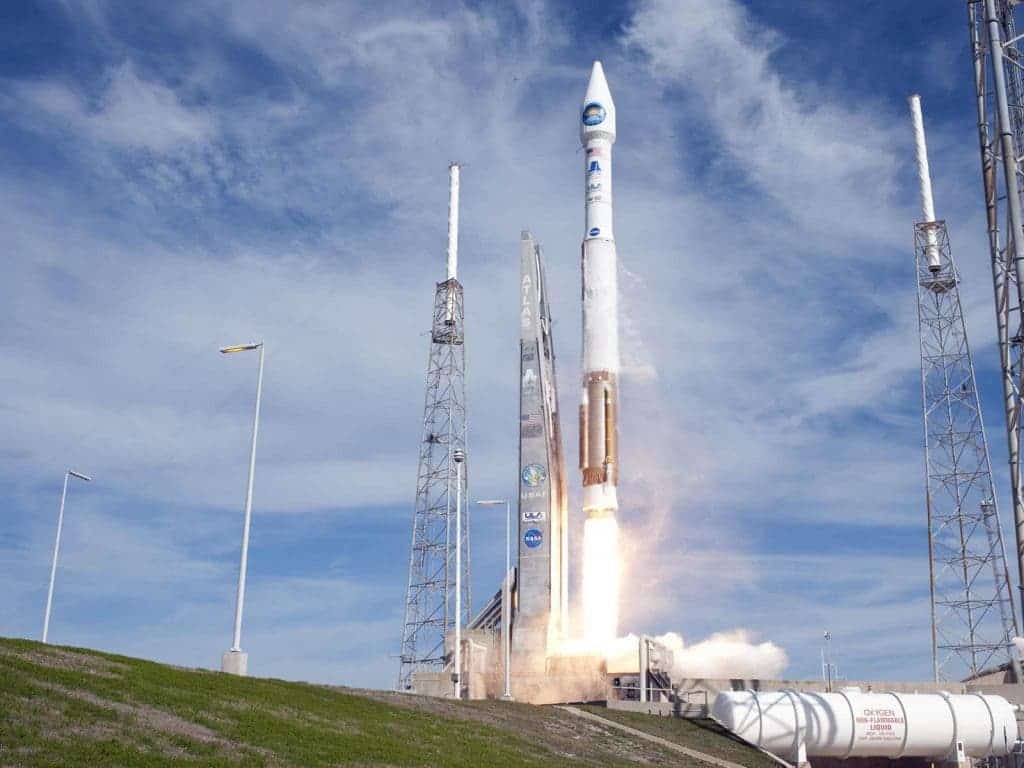The Sun is easily the most recognizable and important star that humanity has ever known. And yet, those who want to study it come face to face with a tiny weensy problem — it tends to burn your retinas if you look at it.
Not ones to be daunted by ocular trauma (but not keen on the idea either,) the guys and gals of NASA put their know-how and massive budget to work and build the Solar Dynamics Observatory. In typical NASA fashion, they then strapped it to the biggest rocket they could find and launched it into orbit.

www.nasa.gov
I’m happy they did though. The SDO mission is our eye on the Sun. It monitors it around the clock and help us better understand how it affects our planet. The satellite does so by filming the star 24/7 on ten different wavelengths, to make sure we don’t miss out on anything important it might do.
The latest video from NASA’s SDO team is the most detailed footage of our Sun to date and it’s mesmerizing. The 30-minute 4K ultra HD film took 300 hours to make, and shows pieces of footage taken on different wavelengths. German composer Lars Leonhard even made a soundtrack for the film that somehow makes the star feel even more immense and awesome.
So, without further ado, sit back and enjoy the video.






